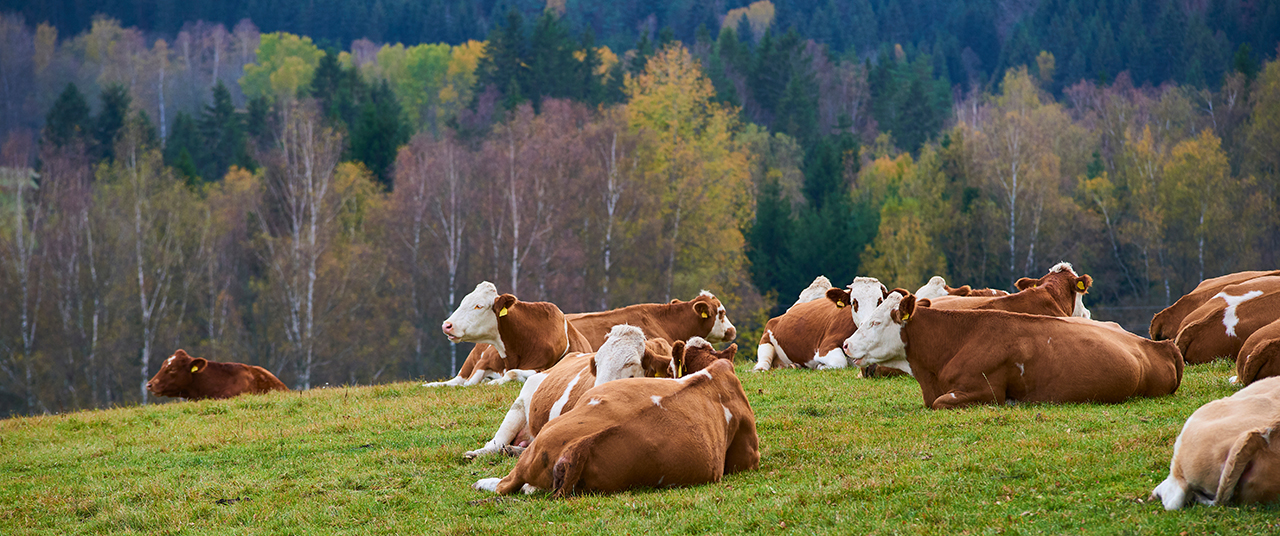

Milk fever in dairy cows is known by almost everyone who works in the dairy world. Usually occurring right after calving, at times with obvious symptoms but more often than not it is asymptomatic (hidden).
Milk fever, or hypocalcemia as it is known scientifically, is a metabolic condition. Dairy cows have little calcium available after calving as milk production has a high calcium demand which may lead to the dairy cow not being able to mobilize the calcium from the bones quickly enough to the amount required. Calcium is important for a lot of processes, one of them is that it acts as a kind of lubricant in muscle function. Hence, cows with milk fever may not be able to rise and eventually become what is known as “downer cows”. This is the classic, clinical form that is seen less frequently today. There is however also a subclinical form (with no symptoms) which tends to be overlooked. In these cases, the dairy cow may have enough calcium to get up and move around, but the muscle function is affected, and the animals tend to stagger and injure themselves. Calcium is also important for e.g., cell function in the immune system; therefore, cows experiencing subclinical milk fever are prone to infections and may develop mastitis more easily. In short: Milk fever, no matter whether it is clinical or subclinical, is a costly condition that affects animal health, welfare and ultimately production.
It is well known that cows with a High Body Condition Score, or just “fat cows”, have a higher risk to develop milk fever after calving. This is usually due to longer lactations because they didn’t get back in calf soon enough. These cows moreover tend to eat less before calving, and this is another big risk factor. The diet in the dry period should be low in calcium itself, so cows are trained to mobilize it from the bones early enough. It should, moreover, contain little of certain elements, e.g., potassium: It makes existing calcium less available to the animal. Nowadays, milk fever is often prevented by feeding the cows so-called “anionic diets” or calcium-binding ingredients, so the nutritional risk-factors are controlled.
1. Keep cows in shape and prevent rise of body condition, especially during the dry period
2. Analyse, plan and regularly control the dry period rations fed to dairy cows
3. Maximise feed intake at least three weeks before the expected calving date
4. Use products like calcium boluses after calving - can be cost-effective and may increase production over the whole of the lactation
Checking the risk level of cows regularly and systematically is the first step to a meaningful milk fever control. With the power of artificial intelligence like Predicta GUARDIAN, you can get whatsapp alarms of cows at risk of milk fever in the dry period thsu helping you act as your dry cow management partner avoiding the disease altogether.